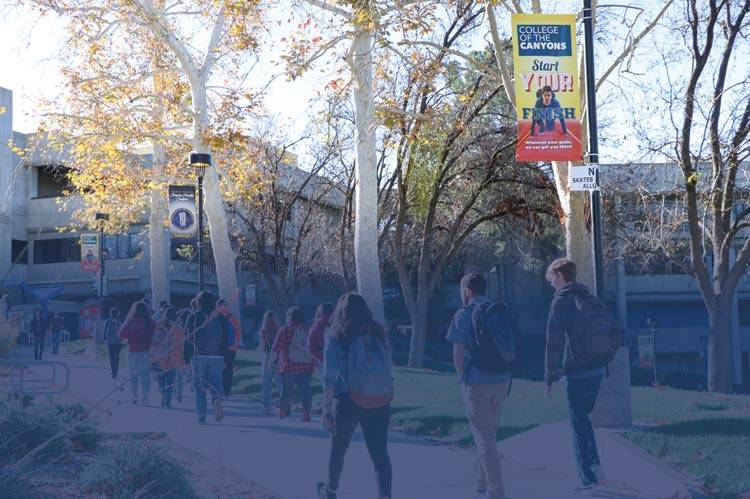English 103 Course
In English 103, students examine the principles of critical thinking as applied to writing and reading arguments on complex issues. This course focuses on close textual analysis, argumentative/persuasive writing, and logical reasoning.
The Student Learning Outcomes for English 103 are:
Evaluate the strength of written, visual, and multimedia arguments on a range of different issues and controversies.Compose logical, well-reasoned arguments on selected topics such as popular culture, politics, social issues, and moral and ethical issues. To achieve these goals, students will learn to: Identify the issue of an argument.Recognize the conclusion/claim of an argument.Delineate the different types of evidence and evaluate their strengths and weaknesses.Explain the importance of assumptions. Ambiguous language, and hidden premises in arguments in general and recognize them in specific arguments.List the most common logical fallacies (errors of thinking) and analyze them in specific arguments, including one's own.Differentiate different types of appeals, such as pathos, ethos, and logos.Evaluate the soundness of assumptions in specific arguments.Select reliable sources for the evidence in an argument. Evaluate the strengths and weaknesses of a written argument. Evaluate the strengths and weaknesses of a visual or multimedia argument (such as an ad, an image, or a film).Analyze one's own thinking for various forms of bias, such as the mine-is-better perspective or similar types of ethnocentric/egocentric perspectives. Provide adequate and valid reasoning and evidence to support an opinion. Organize an argument essay so that its reasoning structure is clear and logical. Demonstrate good writing skills, including control of sentence structure, minimal subject-verb and noun-pronoun agreement errors, consistent point of view, proper punctuation, correct spelling, and correct MLA documentation style for material from external sources. Analyze the principles of logical reasoning.

 My Canyons
My Canyons  Canvas
Canvas 
